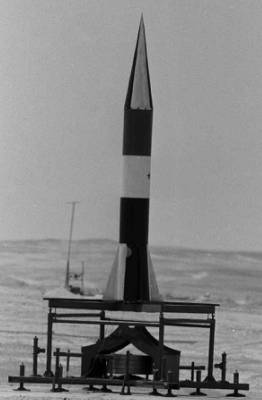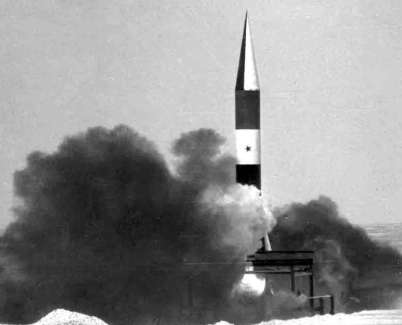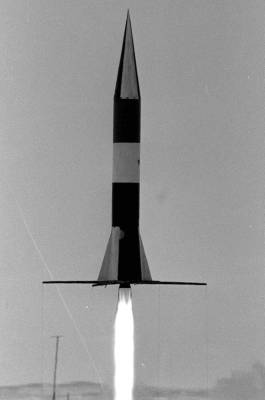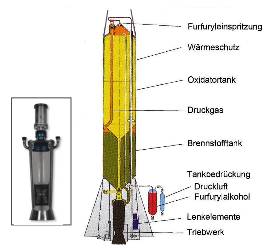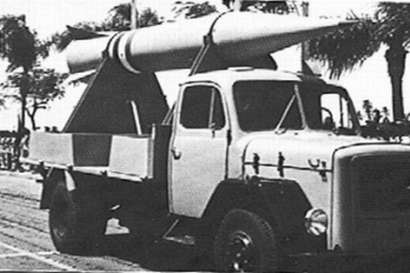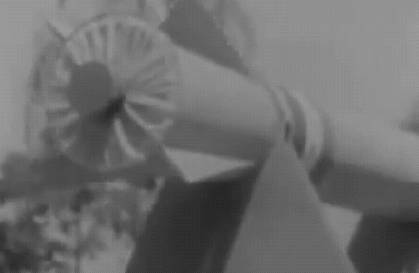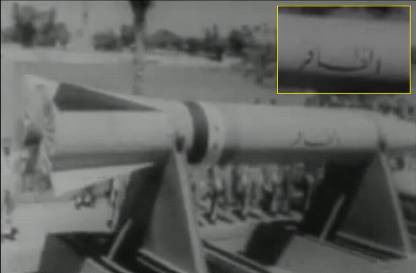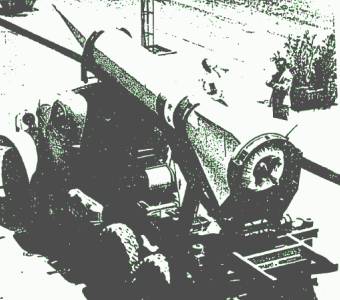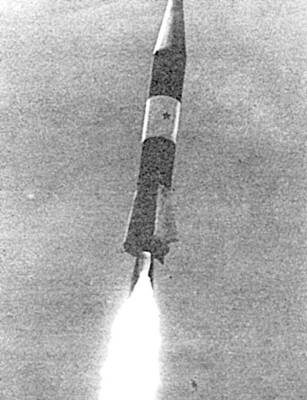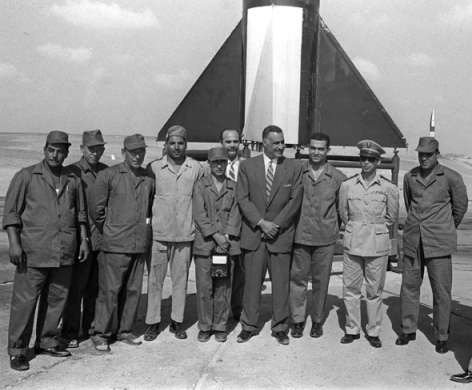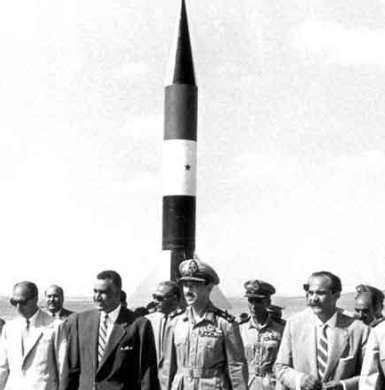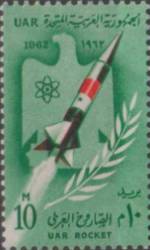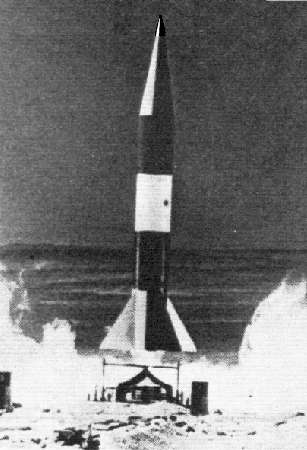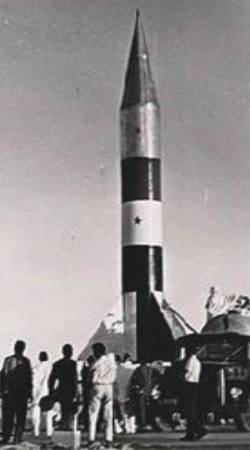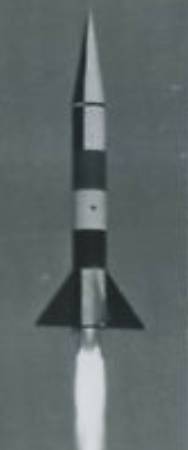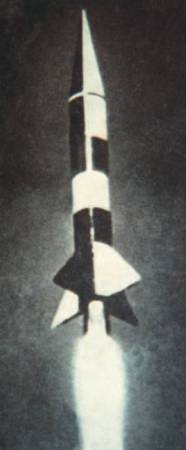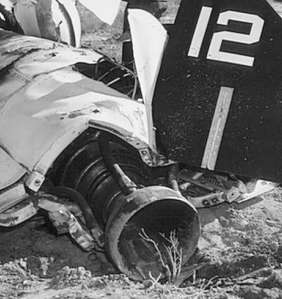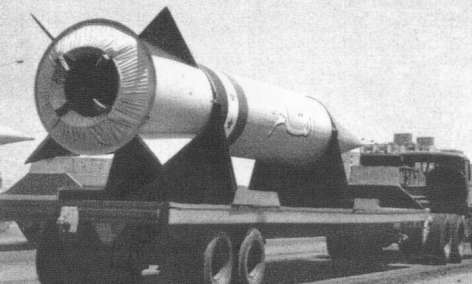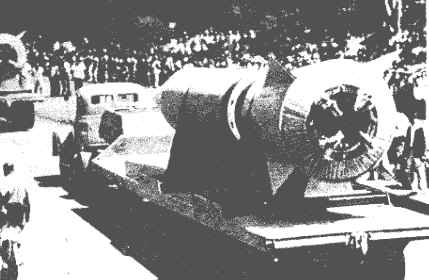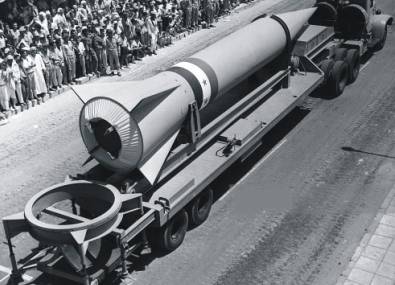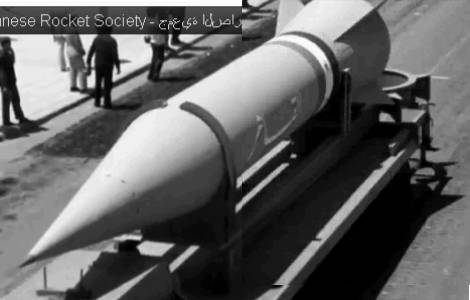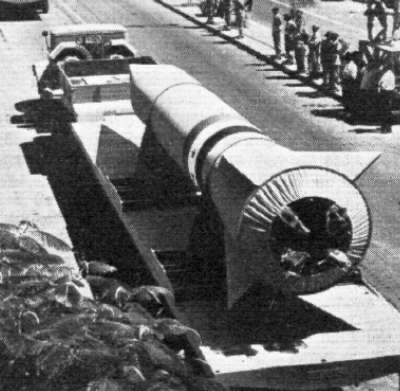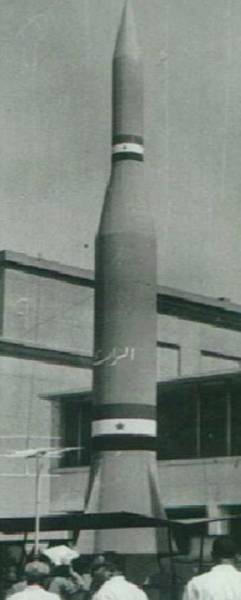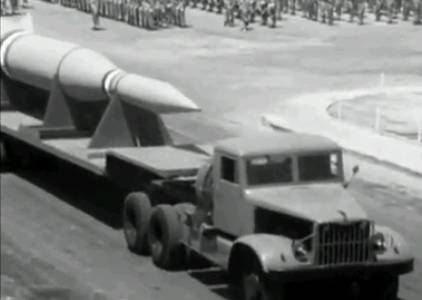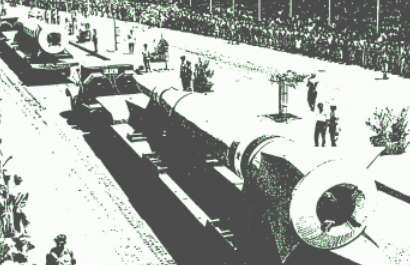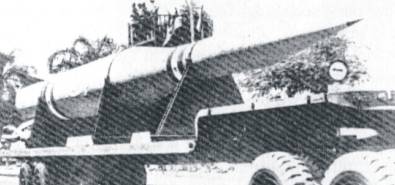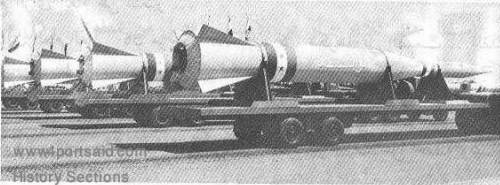|
The missile development program in the
UAR Egypt (episode 1960 - 1967)
-- based on German WW-II
technology --
Norbert Brügge, Germany
Update:
08.02.2019
|
|

|
In 1958, Gamal Abdel Nasser,
started the missile development program, the same year he launched an ambitious
domestic transformation plan and a drive for leadership of the Arab world.
In this spirit of Pan-Arabism, Egypt and Syria partnered to form the short-lived
United Arab Republic (UAR), embarking upon an ambitious military industrialization
program. Egypt turned to unemployed German scientists and technicians
to spearhead its missile efforts, most significantly Wolfgang Pilz, Paul Goercke
and Wolfgang Kleinwaechter. The trio arrived in 1960 armed with designs based
on early
French rockets as well as
German A-4
and "Wasserfall"
rockets.
Although by the departure of the Germans in 1962 resulted in a loss of expertise,
Egypt's missile program had already succeeded in developing prototypes. Thus
in early 1962, Egypt's first missiles entered the prototype test phase, and
in 1962 the government announced that it had successfully test-fired two differently
missiles, were fires at a desert range on July 21, 1962.
On 23 July 1962, in connection with the celebration of the 10th anniversary
of the Egyptian revolution, the UAR Egypt displayed rockets of two different
sizes as technological achievement.
The smaller missile is the Al Kaher-1.
It is believed to be a single stage, liquid fueled, unguided rocket, developed
on base the French Veronique rocket design. It has a simple wrapped-sheet
airframe, with conical nose, flared skirt and four fixed fins. The Al Kaher-1
is about 9 m long; the core diameter is 0.80 m; the conical engine bay is
widened to ~1.2 m. The Al Kaher-1 used either directly the engine from
German "Wasserfall" missile or the French EOLE rocket. Propellants were Alcohol
/ LOX.
The Al-Kaher 1, when first displayed in the July 1962 parade were transported
rather simply on standard commercial vehicles. By the July 1963 parade, however,
several improvements had been made. Four jet vanes were evident at the rear
of the rocket motor. Also, two of six Al Kaher-1 displayed were mounted on
mobile erector-launchers.
|
|

|
|
The
larger missile, showed on parade in 1962, is the
Al Kaher-3.
It is believed to be a single stage, liquid fueled, unguided rocket. The
mock-up of this missile appeared similar to a changed German A-4 missile,
probably with an A-4 "Ofen"engine and typical jet vanes equipped. It is estimate
a diameter of 1.4 m of the tanks. The rocket is also shorter than an German
A-4. Characteristic are the flared skirt at the engine bay and four fixed
fins. Propellants were Alcohol / LOX. It was announced that the Al Kaher-3
had been successfully tested.
Not shown on the parade -- but twice already in flight tested on July
21, 1962 -- was the Al Kaher-2.
It is believed to be a single stage, liquid fueled, unguided rocket developed
on base the U.S. Viking sounding rocket technology. It was about 12 m long
and had a continuous diameter of about 1.2 m. Noticeable are delta-shaped
fins, much like the at the U.S. Viking.
The engine was taken either directly by the German "Wasserfall" missile or
the French EOLE. Possibly it was an improved engine XLR-10-RM2 from the U.S.
Viking sounding rocket (93 kN thrust). Propellants were Alcohol / LOX.
The next year, during its July 23, 1963 military parade, Egypt displayed four
larger Al Raed
missiles. Egyptian officials described the Al Raed as a "space research rocket".
The paraded mock-up appeared similar to Al Kaher-3 missile as first
stage and a Al Kaher-1 missile as the second stage. It was announced that
Al Raed had been successfully tested. However, the Egyptians never showed
footage of an Al Raed launch.
During the Six-Day War in 1967 Nasser's missiles Al Zafer and Al Kaher played
no role in the conflict. While Egypt may have launched some missiles during
the early stages of the war, they proved to be of no military consequence.
Egyptians considered the failure to employ either the Al Zafer or the Al Kaher
as scandalous.
In 1970-1971 Egypt takes out of storage and test fires again Al Zafer and
Al Kaher missiles in preparation for plans to recapture the Sinai Peninsula.
During the Otober 1973 Yom Kippur War, Egypt then has used all of its Al Zafer
and Al Kaher missiles.
|


